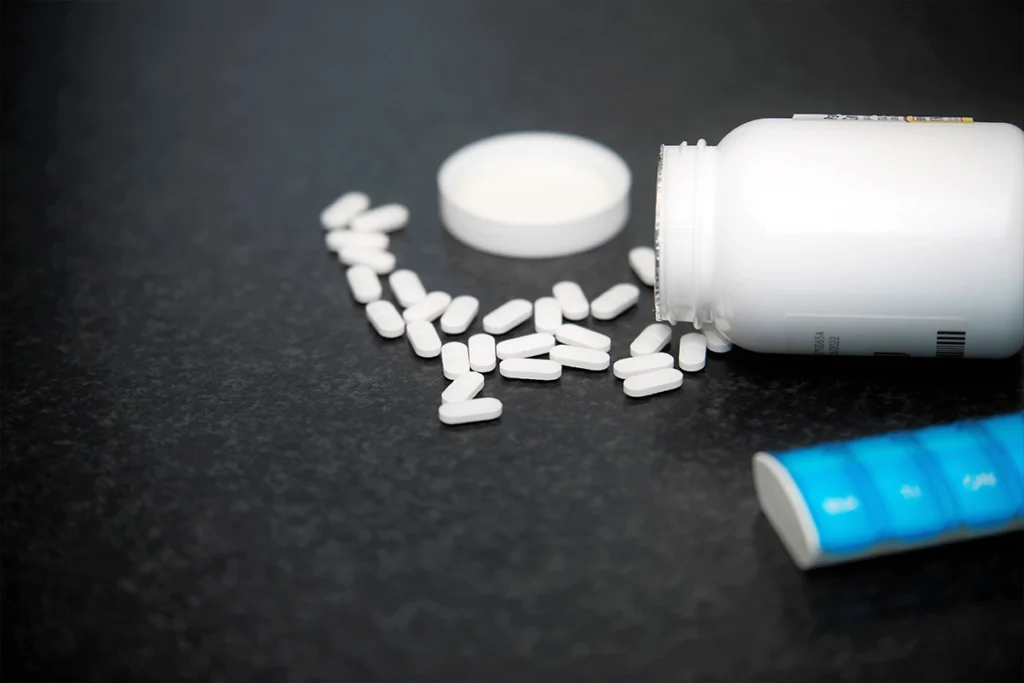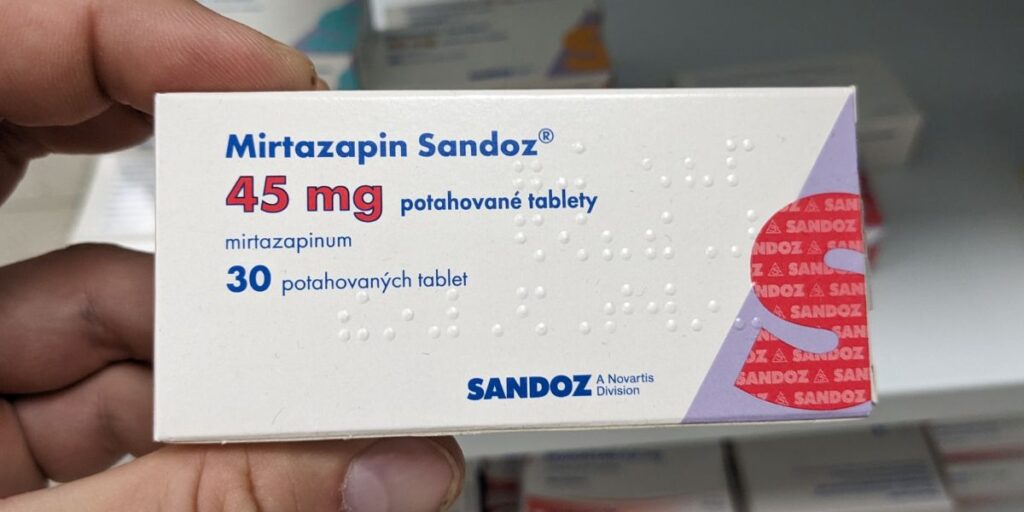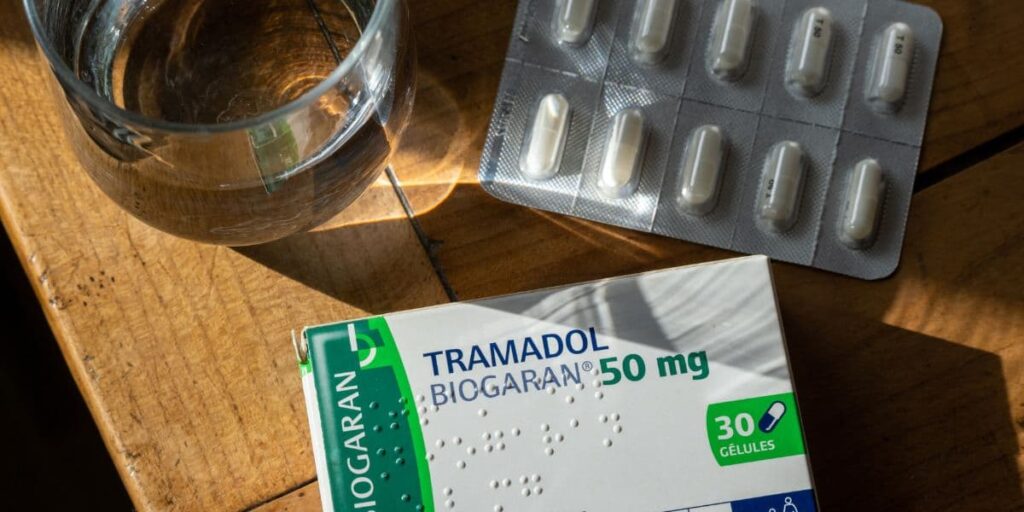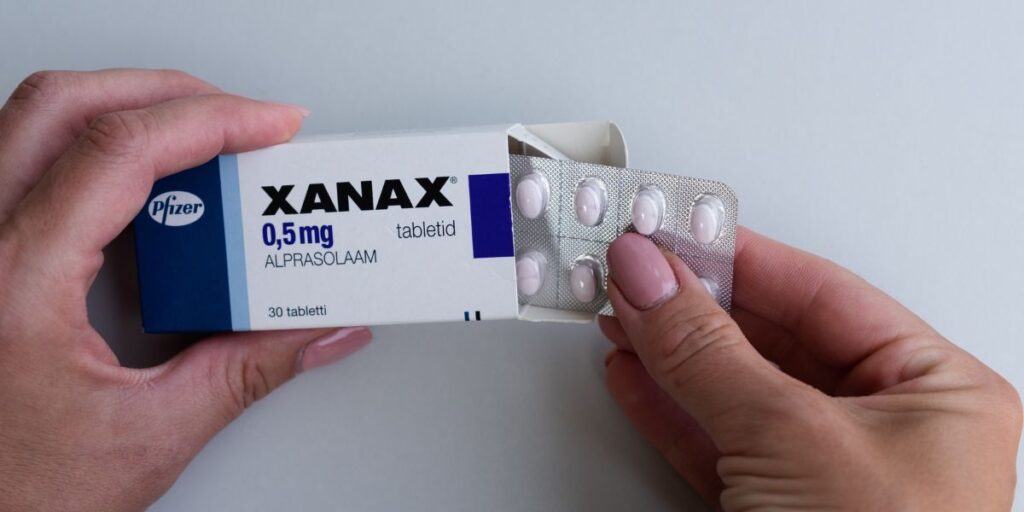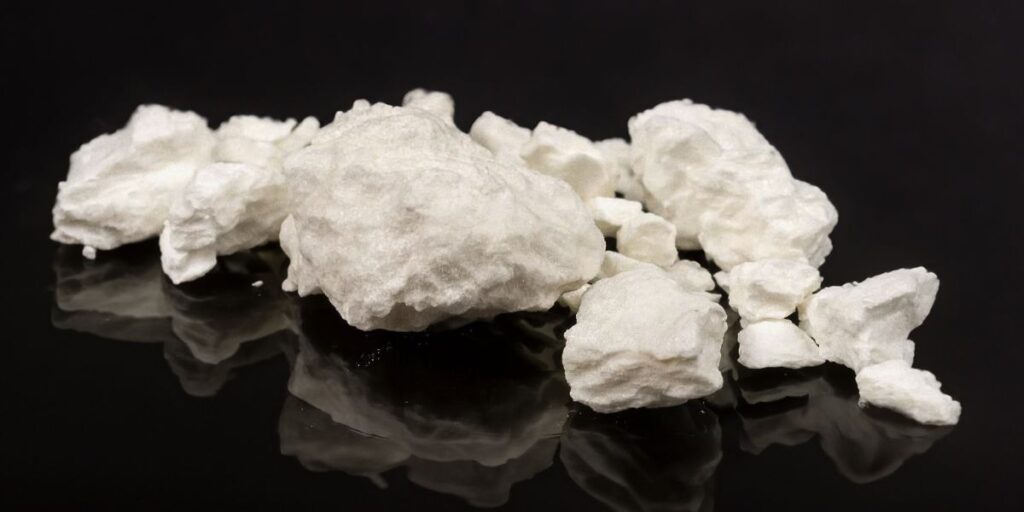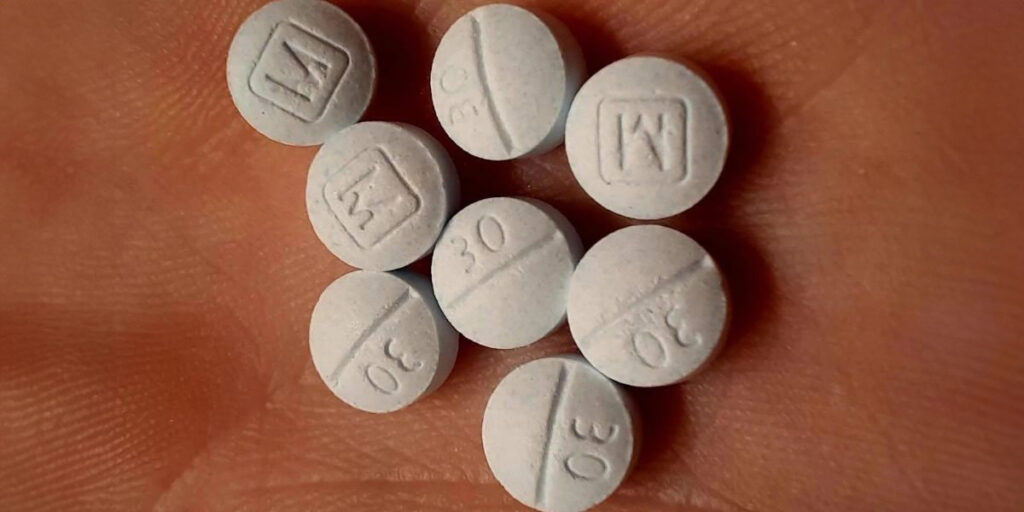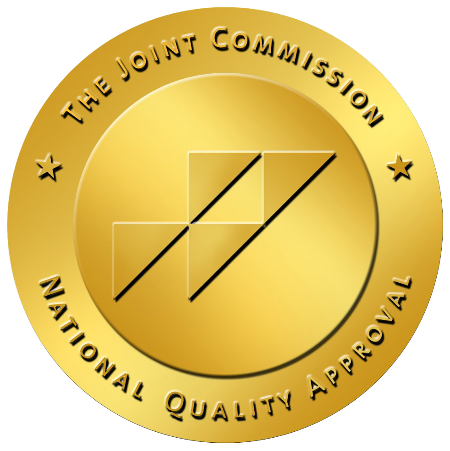P2P methamphetamine, commonly known as P2P meth, is a potent and highly addictive form of methamphetamine. This form of meth has become increasingly prevalent because of restrictions on the sale of ephedrine-based products. These regulations were enacted to curb the widespread production of ephedrine-based meth, which had become a significant contributor to the meth epidemic in the United States.
These restrictions accidentally caused the P2P method to come back. This method was often used during World War II. It was used for many reasons, including making amphetamines. Today, P2P meth poses a significant threat to public health and safety, particularly because of the toxic chemicals used in its production and the severe side effects it causes.
As the methamphetamine epidemic continues to evolve, law enforcement agencies and public health officials are increasingly concerned about the role of P2P meth in this crisis. The drug’s widespread availability, coupled with its highly addictive nature, has made it a monumental challenge for those working to combat the meth epidemic.
What Is P2P Meth?
P2P methamphetamine, or P2P meth, referred to as “racing fuel,” is a version of methamphetamine synthesized using phenyl-2-propanone (P2P) as the precursor chemical. This method contrasts with traditional production methods that use ephedrine or pseudoephedrine. P2P meth emerged as a dominant form of methamphetamine production in response to increased regulations and restrictions on the sale of ephedrine-based drugs, which were commonly used in the manufacturing of meth.
The unique part of P2P meth is that its ingredients are easy to find and the dangerous ingredients involved in its production. Unlike the more straightforward ephedrine-based methods, the P2P method allows drug manufacturers to bypass the legal restrictions placed on over-the-counter (OTC) medications containing ephedrine and pseudoephedrine. However, this method requires the use of highly toxic chemicals, such as methylamine and industrial solvents, making the production process extremely hazardous.

Historical Background of P2P Meth
The P2P method is not new but rather a resurgence of an older technique. During World War II, amphetamines were produced using the P2P method to fuel soldiers’ endurance and alertness on the battlefield. This method was abandoned because of the more efficient ephedrine-based meth production in the late 20th century. However, as regulations tightened on ephedrine, drug traffickers resorted to the P2P method, finding it easier to find despite the risks involved with the toxic chemicals required.
How Do You Make Meth?
P2P methamphetamine, or P2P meth, is a version of methamphetamine produced using phenyl-2-propanone (P2P) as the precursor chemical. This method contrasts with traditional meth production methods that use ephedrine or pseudoephedrine. P2P meth emerged as a dominant form of methamphetamine production in response to increased regulations and restrictions on the sale of ephedrine-based products, which were commonly used in the manufacturing of meth.
Methamphetamine can be made using several methods, with the two most common being the ephedrine/pseudoephedrine-based method and the P2P method. The P2P method, which has become more prevalent in the United States, involves the synthesis of methamphetamine from phenyl-2-propanone (P2P) and various other chemicals.
The three steps to make P2P meth include:
- P2P synthesis: Creating phenyl-2-propanone (P2P), the key precursor
- Chemical reactions: Combining P2P with methylamine and other chemicals
- Crystallization: Converting the methamphetamine into crystal form, commonly known as crystal methamphetamine
The production of meth is a complex and dangerous process that requires a deep understanding of chemistry, often leading to disastrous results when performed by untrained people. The unpredictable nature of the chemicals involved can result in explosions and fires, making underground meth labs a significant threat not only to the manufacturers but also to nearby residents. Toxic fumes and waste from these processes damage the environment. They pollute homes and public areas, and cleaning up the mess is expensive.
The P2P method is notorious for the toxic byproducts it generates, making the production process not only dangerous for the manufacturer but also for the environment. Law enforcement agencies have found meth labs where these chemicals have contaminated local water supplies and surrounding areas, posing significant public health risks.
What Makes P2P Meth Different?
P2P meth is different from other forms of methamphetamine because of its production process and the chemicals involved. Traditional meth production methods rely on ephedrine or pseudoephedrine, which are found in over-the-counter (OTC) cold medications. However, because of strict regulations on these substances, drug traffickers have turned to the P2P method as an alternative.
The key difference between P2P meth and traditional meth include:
- Chemical composition: Uses toxic chemicals not found in ephedrine-based meth
- Potency: Often more dangerous because of various impurities
- Availability: Increased availability because of restrictions on ephedrine/pseudoephedrine
- Health risks: Different set of health risks, including severe organ damage
Role of Drug Traffickers in P2P Meth Production
Drug traffickers have played a significant role in the rise of P2P methamphetamine. With the crackdown on ephedrine and pseudoephedrine, traffickers adapted by turning to the P2P method. P2P ingredients are easy to find, and making meth this way is simple, so many people choose it for illegal drug production. This shift has contributed to the widespread availability of P2P meth, worsening the meth epidemic in the United States.
P2P Side Effects
The side effects of P2P methamphetamine are severe and can affect both the mind and body. Meth users who consume P2P meth are at risk of experiencing a wide range of adverse effects, many of which are life-threatening, including:
- Increased heart rate
- Cardiovascular issues
- High blood pressure
- Respiratory rate
- Difficulties breathing
- Skin sores
- Weight loss
- Dental problems
- Psychosis
- Hallucinations and delusions
- Paranoia
- Depression
- Anxiety
- Memory loss
- Cognitive decline
The psychological impact of long-term meth use includes paranoia, hallucinations, and aggressive behavior. P2P meth is dangerous for users and those nearby, making it a serious public health issue.
P2P Dangers and Health Risks
The dangers associated with P2P meth extend beyond its immediate side effects. Long-term use of the drug can lead to severe health complications and even death, including:
- Organ damage: Permanent damage to liver, kidneys, and heart
- Mental illness: Development of conditions like schizophrenia
- Increased risk of overdose: Because of varying purity and potency
- Meth-induced psychosis: Violent behavior and hallucinations
The drug’s highly addictive nature compounds the health risks of P2P meth. Users quickly develop a tolerance, leading to increased consumption and a higher likelihood of severe health consequences. Harmful chemicals from production can lead to serious health issues, including organ failure, brain damage, and even death.
The environmental and societal dangers of P2P meth include:
- Toxic waste: Contaminates water supplies and ecosystems
- Community impact: Increased crime rates, homelessness, and healthcare burdens

P2P Meth Addiction Treatment at Northridge Addiction Treatment Center
If you or a loved one is struggling with P2P meth addiction, it is crucial to seek professional help. Northridge Addiction Treatment Center (NATC) provides comprehensive recovery programs tailored to meet your specific needs and goals, recognizing that meth addiction affects people differently.
At NATC, we aim to treat the whole person, not just the addiction. We focus on the underlying causes of your addiction to collaborate and create a personalized and unique treatment plan.
Our evidence-based inpatient treatment facility provides on-site medical detox to withdraw safely and as comfortably as possible with around-the-clock medical supervision and the help of our medication-assisted treatment program.
NATC provides dual diagnosis treatment to address co-occurring mental health conditions, cognitive-behavioral therapy (CBT), and both individual and group therapy sessions to help patients explore the pain and struggle of their addiction to develop effective coping strategies.
NATC also incorporates holistic treatments, such as mindfulness practices, nutritional counseling, and fitness activities, into its programs. These approaches address the physical, emotional, and mental aspects of addiction, promoting overall well-being and supporting long-term recovery.
The support from NATC continues after the initial treatment phase with an extensive network of support from our alumni program. It is designed to help patients maintain their recovery and prevent relapse. This ongoing support is crucial for ensuring patients thrive and reclaim their lives.
With a compassionate team of professionals and a comprehensive treatment approach, NATC is dedicated to helping people overcome meth addiction and achieve lasting recovery.
Reach out today and begin your path to meaningful recovery.



